FLSmidth's cloud-based journey
FLSmidth is building the foundation for a cloud-based journey with Innofactor VDC
FLSmidth is building the foundation for a cloud-based journey with Innofactor VDC
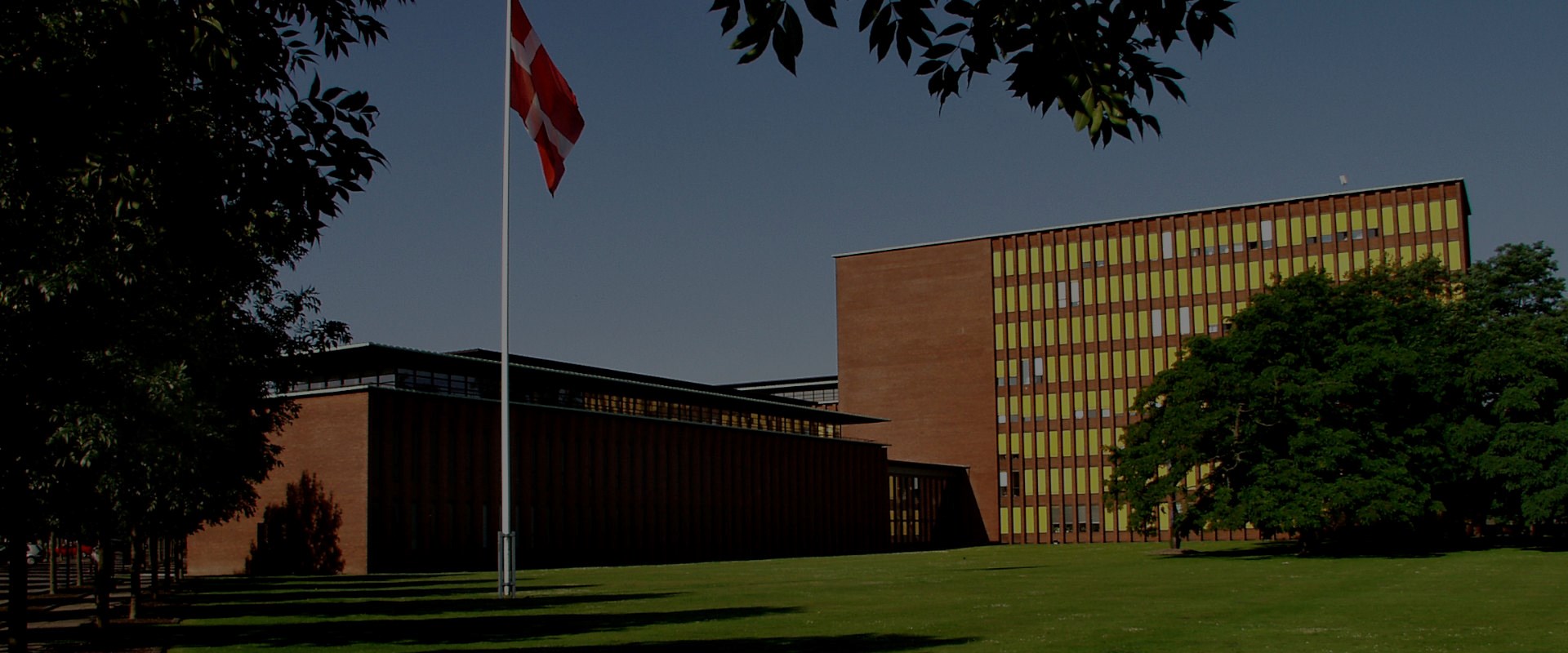
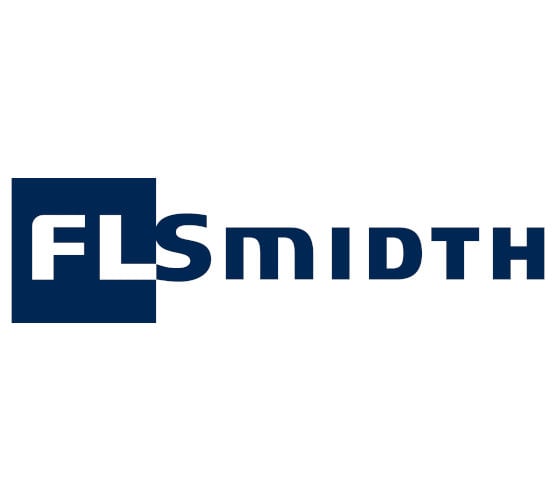
FLSmidth delivers engineering, equipment and service solutions to the mining and cement industry. In 2022, the company became the world's biggest product and service supplier in the industry after they bought Thyssenkrupp's Mining Technologies – their largest acquisition to date.
FLSmidth moved 90 percent of their servers over to the cloud in two years. Now the company has joined forces with Innofactor and built a new and innovative cloud-based platform. This will secure better governance and security on the road to become a more data-driven company.
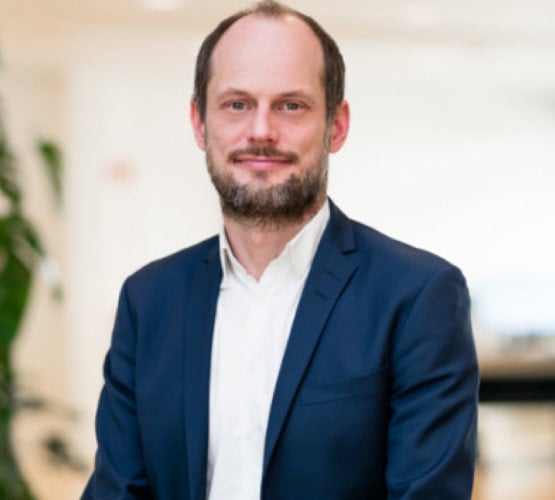
As a supplier for major energy and water consumers, FLSmidth has established an ambitious sustainability "MissionZero" strategy. Their goal is to become carbon neutral by 2030, and to be able to offer products and services that will make the same goal attainable for their customers.
It is a highly complex and fragmented IT infrastructure that supports the operations of the 140-year-old company with locations all over the world. Between 2019 and 2021, FLS implemented an aggressive lift and shift strategy when moving about 90 percent of the company servers into Microsoft Azure.
"Migrating these servers successfully is an achievement, but with our lift and shift – one to one – approach we also moved all the problems on the same load," says Holger Kirketerp, Head of Cloud Center of Excellence in FLSmidth.
The decision to migrate most of the servers into the cloud was strategically well-founded.
"We are an engineering company, and our primary business is not building servers. For this reason, implementing public cloud services to boost our operations and our efforts to achieve our MissionZero strategy, makes sense. Now we have the steppingstone for embarking upon a journey that is all about getting the whole business to use more modern IT services," says Kirketerp.
The leader of Cloud Center of Excellence started in FLS for about a year and a half ago, after the first step of the cloud journey was completed.
"The majority of the infrastructure now existed in the cloud – but so did the problems. For example, there was no overview of the levels of access for different applications. Ultimately, the first thing we needed was more control. Our Chief Cloud Architect, Peder Thode, agreed."
The second step in the cloud journey was to gain control of the infrastructure. As Kirketerp points out: with the infrastructure in place, it is much easier to offer a platform that kickstarts innovation and an environment that the organisation's users can interact with. A lack of a clear governance structure and security means an uncontrollable cloud platform.

Innofactor's Virtual Data Center (VDC) became FLS' basis for the Opus platform.
According to Peder Thode, Chief Cloud Architect, moving from lift-and-shift to Innofactor VDC was a natural step.
"The principles behind VDC are heavily supported by Microsoft Cloud Adoption Framework, which we know well. Innofactor offers a product that attracts people who understand what it is all about. It is by no means simply a copy of the old data center in the cloud, instead, it requires us to change our way of thinking," Thode says.
He highlights the hub-spoke mindset as a good tool when working with cost control.
"We could easily understand and related to Innofactor's approach to our project. Their methodology is modern, and we are very much on the same wavelength," Holger Kirketerp says.
One of the major changes is how everything is now run on infrastructure as code (IaC).
"Some people are applauding the transformation; others are nervous about the possibility of losing their jobs. I believe that we are more likely to need more, and not fewer, resources – and that the migration simply frees up time that they can use on other tasks instead. Now the process of addressing migration tasks may begin, and our goal is to modernize and migrate at the same time."
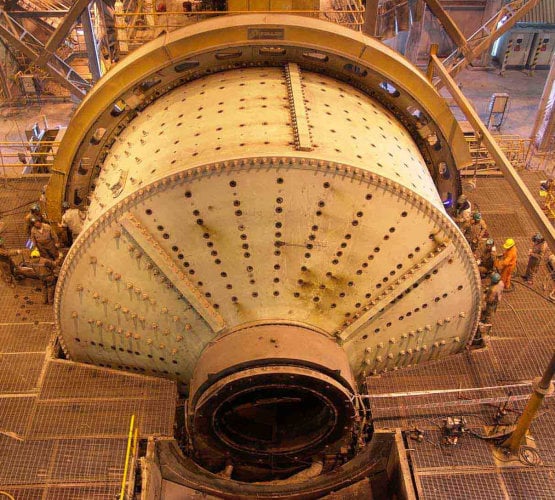
The cloud is also key for the integration of last year's acquisition of Thyssenkrupp's mining division.
More specifically, around 50 Mintech sites will be integrated in FLS.
"The cloud is crucial when moving all locations to the FLS network, and when migrating the servers from Thyssenkrupp's domain onto our domain. We have decided to migrate every little bit into the cloud, and we have created some environments based on the new Opus platform, that are specifically aimed at the Mintech migration," Kirketerp says.
Kirketerp explains that FLS entered a long-term collaboration with Microsoft about their extensive use of Azure. This happened prior to the server migration in the first phase of the cloud journey. Financing is part of that collaboration, and FLS checked in with a few companies when searching for a partner to take their next step in their cloud journey.
"Innofactor stood out as the most interesting partner for us – and the best match to our philosophy of owning the code after project completion. We wanted an operational model which let us stand on our own two feet. At the same time, we wanted partners, as they could quickly become operative. This is hugely beneficial for us," says Kirketerp.
He explains that it is important they do not have to rely on a facilitator between them and the cloud.
"As soon as a task is completed, we want to be fully independent. Innofactor is the perfect partner for this. In this way, we have the freedom to choose another supplier for the next task, if we prefer. We will be taking ownership of the code of other companies, but considering how well this partnership has worked, I'm not worried at all. Having the right team in place is also crucial," Kirketerp states.
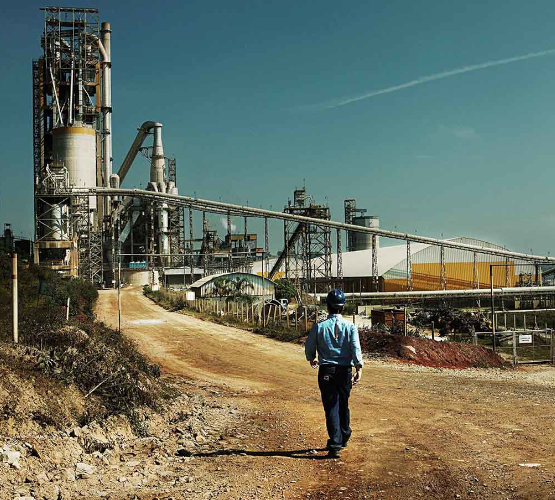
FLS Cloud Center of Excellence boasts a team of engineers and IT architects with cloud competence. They want more than simply copying an on-premises data center into the cloud.
"I am also lucky to have network engineers on my team. In my experience, cloud and network teams often work very differently, which might cause tension. With both disciplines on the same team, it's easier to get them to work together – and both sides feel an ownership of the cloud project," says Kirketerp.
At the same time, he says, the impact is greatest within the silo that he manages.
"Our task is now to work as consultants within FLS to encourage the developers to use the platform. We have to help them see the light: we are offering them a way to work smarter and faster when building services."
There is also a sustainability component to cloud development, Kirketerp underlines.
"With regards to MissionZero, it makes sense to buy in on the cloud vendor's sustainability goals. They can consume the green energy that we were not always guaranteed with our own data center. Instead of having a VM that runs continuously, we make sure to encourage everyone to embrace the idea of only running a code when necessary."
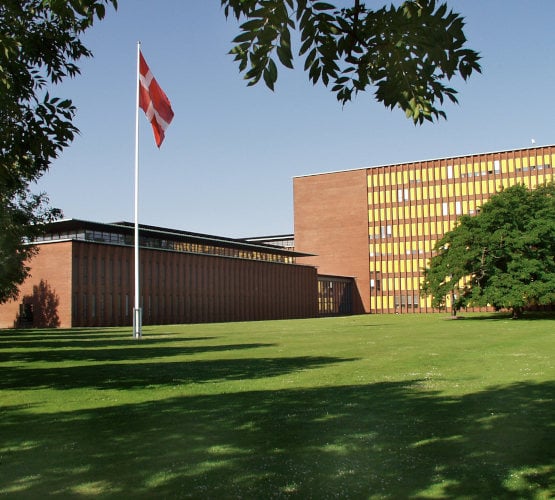
Kirketerp estimates that modernization of the company's applications takes around two to three years. However, with the uncertain global development, these estimates are not set in stone.
"Now we are mainly focused on defining the 20 most critical applications, some of which are applications from external suppliers. There will also be plenty of other applications written in .Net or Java. I am a fan of picking low-hanging fruits, which might be simple applications that still prove that we facilitate and contribute to modernization successfully. This approach is much better than starting with the most difficult parts in a project that turned out not to be so simple after all. Securing the wins is important," Kirketerp says.
He continues by saying that IT determines what applications should be prioritized. But before there is a demand pointing to IT, the business side needs to mature.
"We are trying to bring adoption teams over to our side. Adoption of new solutions and change management are not my strong suits as an IT engineer. Like in so many other companies, these tasks are given to the IT department. Still, we depend on inputs and knowledge from people who are able to strengthen the business aspect."
The decision of what areas should be automated in the cloud to save both time and money is made on two fronts: business and IT. Namely, they must cooperate and help fulfilling each other's requests.
"This is not something IT can solve on its own, but I do believe that our adoption teams are valuable here," Kirketerp says.
He can easily imagine a time where FLS is a much more digitally driven business than it is today – where data analysis also supports the company's goals, for example closely linked to MissionZero.
It is no secret that improvement requires measurements, and measurements require data. For the data to be analyzed, they must be available in the first place. Anything else is simply "guesstimating".
"We really want to be more data-driven – and we share this ambition with the top-level management and our Chief Digital Officer. It is hard to say when we will reach our goal, but we are building the foundation," Kirketerp says.
The following solutions and services, among others, are part of the overall solution delivered to FLSmidth:
"We could easily understand and related to Innofactor's approach to our project. Their methodology is modern, and we are very much on the same wavelength."
Holger Kirketerp
Head of Cloud Center of Excellence
FLSmidth